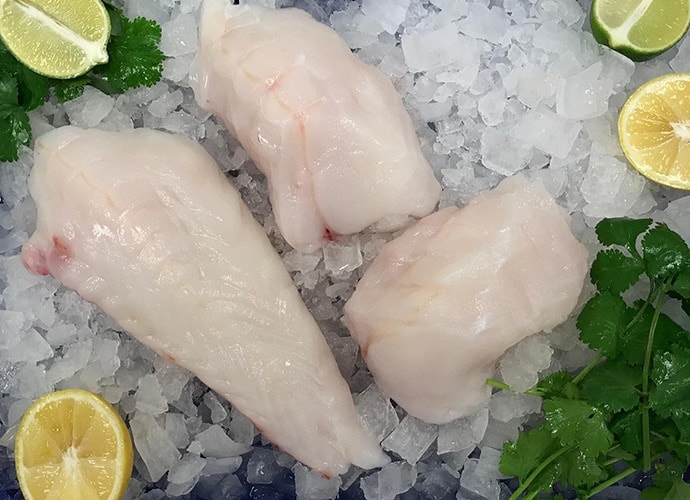

Detergents and sanitizing agents should be from the approved list issued by the Sea-Fisheries Protection Authority (SFPA) and should be used to the product specifications. All residual bleach should be rinsed away with clean seawater. Under laboratory conditions bacterial growth was greater on the sample swab from the deck where no bleach was used. To show the importance of this, sample swabs were taken from a hold of a boat where no bleach was used and from a hold of a boat where bleach was used. A chlorine-based bleach should be used to thoroughly clean working areas and equipment, and inhibit any bacterial growth. At the end of every trip, the deck, fish hold, hoppers, boxes, gutting area, knives, oilskins, aprons and other equipment, should be washed down using a power hose and detergent to remove fish blood, scales, offal, dirt and any other fouling substances. After every haul, the deck, hopper, boxes, gutting area, knives, oilskins, aprons and all other equipment, should be washed down with seawater to remove fish blood, scales, offal, dirt and any other fouling substances. In addition to correct handling, a high standard of hygiene and cleaning is essential to ensure production of a safe, high quality, seafood product. Traditional Boxing & Icing Hygiene & Cleaning When frozen, however, there is no price differentiation between the species. As a result this species commands a higher price in the fresh market than the white-bellied species. Lophius piscatorius (whitebellied monkfish) has a white gut lining, whereas Lophius budegassa (black-bellied monkfish) has a black gut lining.Ĭertain markets prefer the black-bellied species as the flesh texture is considered to be superior. There are two separate species of monkfish caught by Irish vessels that are difficult to distinguish until they are gutted. The longest filament terminates in an expanded and irregular growth, which acts as a lure to attract prey species towards the mouth. The monkfish has three long filaments sprouting from the middle of its head. These structures, along with the ability of the monkfish to change body colour to that of its surroundings, allows the animal to blend into the background and hide in wait for its prey. #SPANISH MONKFISH SKIN#
The skin around the head and along the body bears fringed appendages resembling short fronds of seaweed. It is a widespread and reliable assessment method and provides the foundation for the design and application of this guide. It is a particularly useful technique as it is low cost and requires nothing other than careful and exact training. This type of assessment uses smell, texture and visual appearance to determine the quality of fish. Sensory assessment remains the most popular method of assessing freshness. Very importantly, and unlike many other quality attributes, this is an area within the management of the catch, over which the fishing industry exerts significant control.

The process includes the understanding and assessment of a range of factors, many of which depend on market preferences such as: species, size, capture method, seasonal condition and freshness.įreshness, describes the degree of spoilage a fish has undergone since capture and is an important indicator for consumers.

Optimal handling and storage practices at sea and ashore are essential elements in the management of fish quality and the achievement of maximum return on national and international markets.ĭefining fish quality, however, is not easy.







 0 kommentar(er)
0 kommentar(er)
